Purple or red for high/full/dappled shade
kcwdad
14 years ago
Related Stories
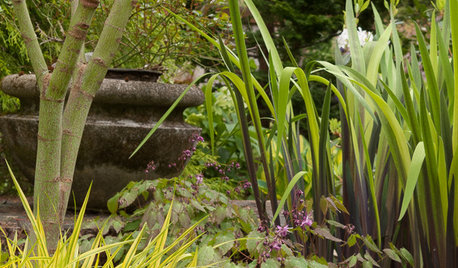
PLANTING IDEASA Great Spring Plant Combo for Dappled Shade
Time these ephemeral beauties right to watch them play off one another under a canopy of deciduous trees
Full Story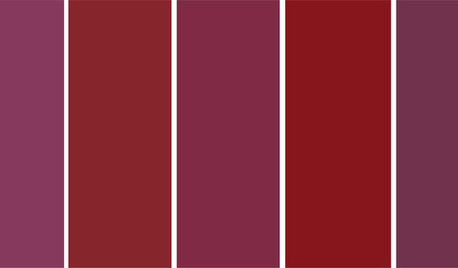
REDRavishing Reds, Pinks and Purples for Fall 2012
Whether you love a fine wine color or go cuckoo for berry, this season's runways are offering some hues for your home to savor
Full Story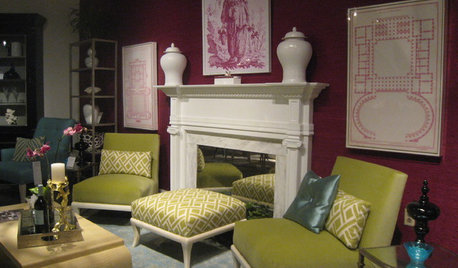
Colors Shine at High Point Market
High Point 2011: Saturated color (and lots of purple) leads the charge at fall's biggest furniture fair
Full Story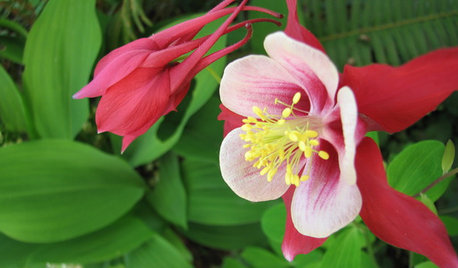
GARDENING FOR BUTTERFLIESGreat Design Plant: Columbine Grows Happily in Shade and Sun
Its ethereal beauty comes from complex forms and wide-ranging colors, but columbine’s benefits are highly attractive too
Full Story
PLANTING IDEASGreat Garden Combo: 5 High-Intensity Plants for High-Intensity Sun
Blend bold foliage and flowers to create a powerful combination that will hold its own even in the harsh light of midsummer
Full Story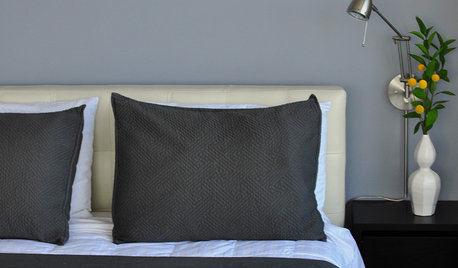
MOST POPULAR50 Shades of Gray
Gray is hotter than ever, thanks to a hit novel full of risks and dark secrets. Tell us: Which paint shade possesses you?
Full Story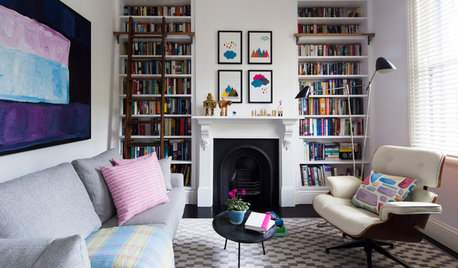
COLOR21 Reasons to Decorate With Purple
Whatever shade you choose — lilac, plum, mauve or aubergine — purple makes a statement
Full Story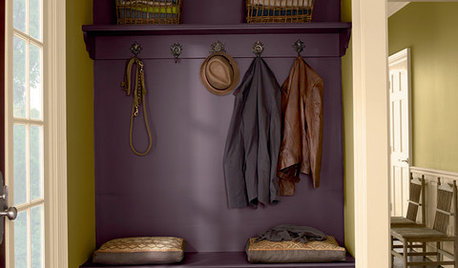
COLORWhat Goes With Purple Walls?
Make a plum wall come alive with art, warm metals, ivory, chartreuse, natural wood — and at least one wild card
Full Story
GARDENING GUIDES13 Japanese Maples for Shade
A surprising variety of these understory trees is waiting to make a statement in your shade garden
Full Story
GARDENING GUIDES10 Drought-Tolerant Shrubs That Thrive in Full Sun and Reflected Heat
Got a hot spot in your garden where plants often die? Try these tough shrubs that add beauty while shrugging off the heat
Full Story





gardengal48 (PNW Z8/9)
gardengal48 (PNW Z8/9)
Related Professionals
Clemson Landscape Architects & Landscape Designers · Wixom Landscape Architects & Landscape Designers · Edmond Landscape Contractors · Desert Hot Springs Landscape Contractors · Lakewood Landscape Contractors · Lyndhurst Landscape Contractors · Riverview Landscape Contractors · Sugar Hill Landscape Contractors · Wallingford Landscape Contractors · Woodbury Landscape Contractors · York Landscape Contractors · Irvington Landscape Contractors · Kingsburg Landscape Contractors · Santa Paula Swimming Pool Builders · Willoughby Swimming Pool BuilderskcwdadOriginal Author